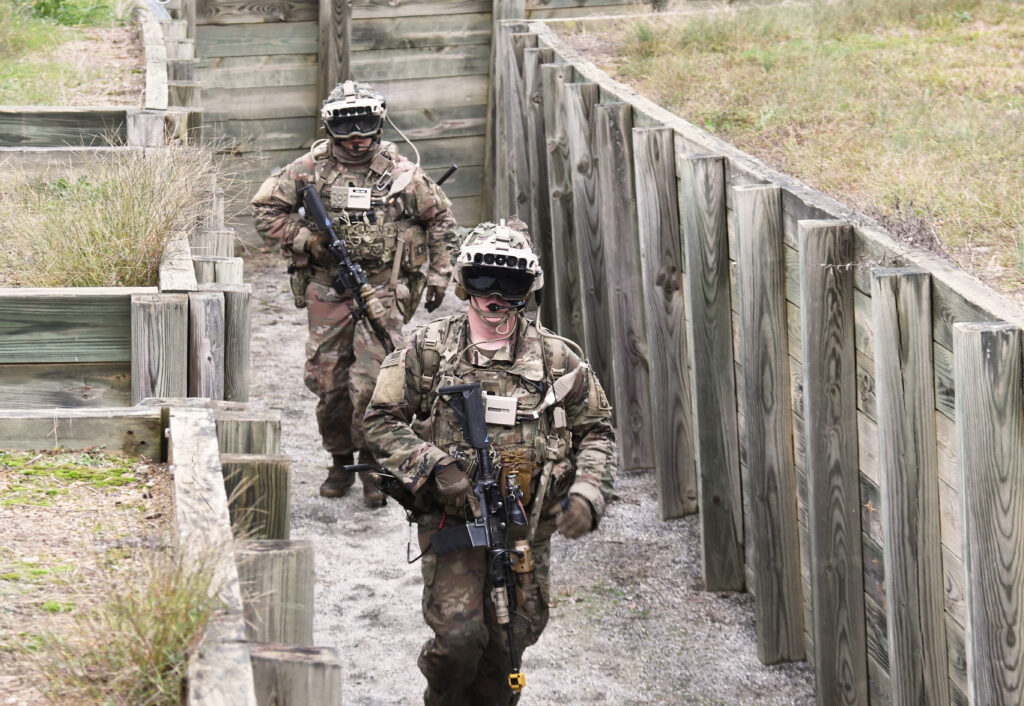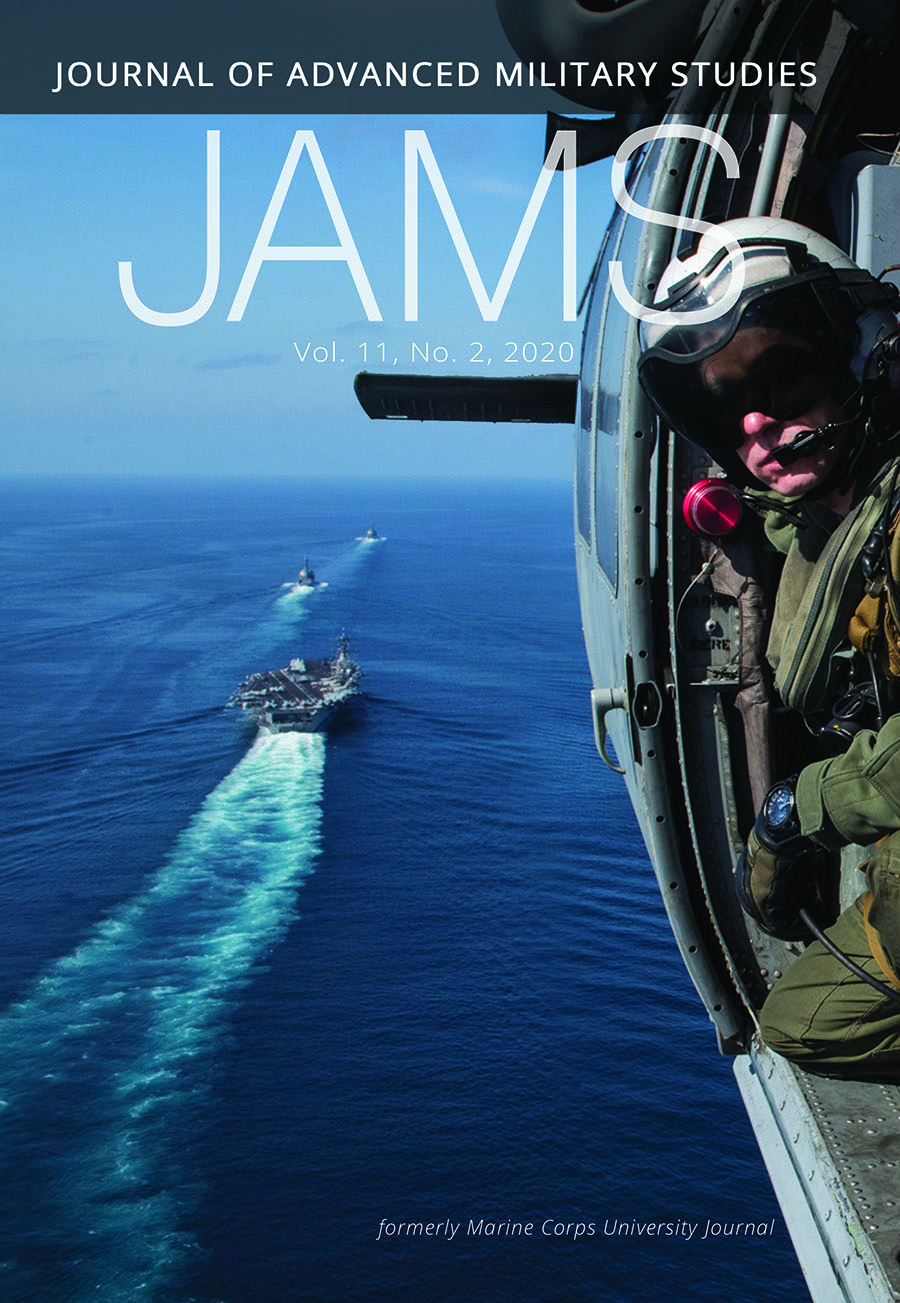BY PATRICK TUCKER
 MCLEAN, Virginia — Everything is new about Northrop Grumman’s attempt to help the military link everything it can on the battlefield. One day, as planners imagine it, commanders will be able to do things like send autonomous drones into battle, change attack plans midcourse, and find other ways to remove humans and their limitations from decision chains that increasingly seem to require quantum speed. Northrop’s Innovation Center in McLean, Virginia, looks so new it could have sprung up in a simulation. Its Washington metro rail stop doesn’t even appear on many maps yet.
MCLEAN, Virginia — Everything is new about Northrop Grumman’s attempt to help the military link everything it can on the battlefield. One day, as planners imagine it, commanders will be able to do things like send autonomous drones into battle, change attack plans midcourse, and find other ways to remove humans and their limitations from decision chains that increasingly seem to require quantum speed. Northrop’s Innovation Center in McLean, Virginia, looks so new it could have sprung up in a simulation. Its Washington metro rail stop doesn’t even appear on many maps yet.Northrop is hardly alone. Over the last few months, various weapons makers have begun showing off all sorts of capabilities to reporters, while military officials detail their own efforts to link up jets, tanks, ships, and soldiers. As they describe it, it’s a technological race to out-automate America’s potential adversaries.
But real questions remain about the Pentagon’s re-imagining of networked warfare. Will it ever become more than glitzy simulations? And have military leaders thought through the implications if it does?
Today, the military’s ability to run a battlefield — its command-and-control doctrine and gear — depends partly on large-crewed, non-stealthy planes like the 1980s-designed E-8 Joint Surveillance Target Attack Radar System, or JSTARS, and other aircraft, ships, and ground facilities. In the modern era, the Pentagon worries that these airborne control centers have become giant, fragile targets. An advanced adversary will aim to blind and blunt a U.S. attack by neutralizing these planes, or perhaps just their on-board communications. The military is also too dependent on aging network links that differ across planes, sensors, and weapons; and that don’t offer the bandwidth that modern combat demands.















